Millionaire's famous stables drew attention to Orange
Last updated 2/21/2023 at 5:53pm
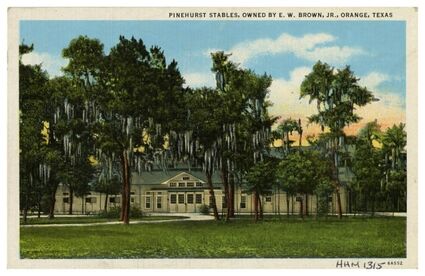
Pinehurst Stables was owned by Edgar Brown Jr. and was on his horse farm and private country club outside of the city in the 1920s. The site was along Old Highway 90 next to the Brown Estate mansion now owned by LSCO. A colored postcard shows the stables, while a photograph displays one of the tack rooms. An aerial shot shows Brown's adjacent nine-hold golf course and clubhouse.
On a late summer evening in 1938, state dignitaries along with local officials gathered in a stable off the Old Spanish Trail outside of Orange. But this was no ordinary stable, It was a sprawling one-story building with interior wooden paneling and a show ring. It would have fit as a set for a Katharine Hepburn-Gary Grant movie.
Edgar Brown Jr. hosted the dinner the evening before the September 8 dedication of the Orange-Port Arthur Bridge, now known as the Rainbow Bridge. Brown and his wife, Gladys, were famous across the country for their show horses. And they showed them off on that night.
"The superior horsemanship of Mrs. E.W. Brown Jr. and the very fine animals that she exhibited constituted a very pleasing feature of the evening's program. The fact was brought out during the evening that the phaeton drawn by a pair of hackney ponies was an ancient vehicle on the streets of Paris perhaps 100 years ago by ladies of that ancient and quaint city in making afternoon and evening calls. The vehicle shined as brilliantly in this exhibition as it did when it was manufactured some place in Europe," a for the Orange Leader wrote after the party.
The Brown's son, Lutcher Slade Brown, provided musical entertainment for the evening, though the newspaper did not say what he played or sang. He became known as an accomplished organist and pianist. He also produced the original "Bye-Bye Birdie" on Broadway in 1960.
Edgar Brown Jr. was a son of Dr. Edgar and Miriam Lutcher Stark. His grandparents were Frances Ann and Henry Jacob Lutcher of the Lutcher and Moore Lumber Co. In 1938, he and his wife lived in the two story, red-brick mansion on Green Avenue that the city of Orange later bought to become city hall.
After World War II, the Browns built a mansion on what is now Old Highway 90. The mansion is now the Brown Estate of Lamar State College-Orange. Old Highway 90 was originally the Old Spanish Trail, the first highway across the south.
The late historian Dr. Howard Williams in his book "Picturing Orange" wrote the stables were part of Brown's horse farm and country club. Brown built a nine-hole golf course and clubhouse on land by his horse farm and cattle ranch. His name of Pinehurst later developed into the nearby town's name.
The Brown farm raised and trained harness and saddle racers. One horse magazine reporting on the stables gave their names Golden Dreams, Copper King, Favored Sun, Proctor Red, and Estrilleta.
"Southeast Texas people, especially those of Orange, have manifested a very keen interest in the records of these fine animals from Pinehurst Stables, reputed to be the finest and most beautiful in the country," The Orange Leader reported on November 2, 1936.
Brown's son, Edgar Brown III, was listed as one of the horse trainers and he often accompanied the animals on trains as they traveled around states to horse shows and races.
Edgar Brown Jr.'s family kept the land for many years. The country club closed and the clubhouse became a private residence. The stables with all its furnishings, records, photographs, and equipment burned in 1980. Another family
The Texas State Historical Association biography reports Edgar Brown Jr. was born in 1894 and he died in 1976. His businesses included Levingston Shipbuilding, Gulfport Shipbuilding, and Higman Towing.
His passion for horses and ranching drew him to be a big supporter of the Houston Fat Stock Show, later named the Houston Livestock and Rodeo Show. He served as a director of the program and was named a life member. In 1974, the entire show was dedicated to him. His contributions to the show and the Houston area brought the Variety Club of Houston to name him Man of the Year in 1967 for his philanthropy.


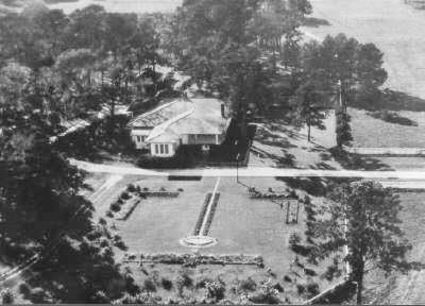
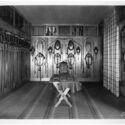
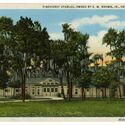
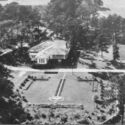












Reader Comments(0)